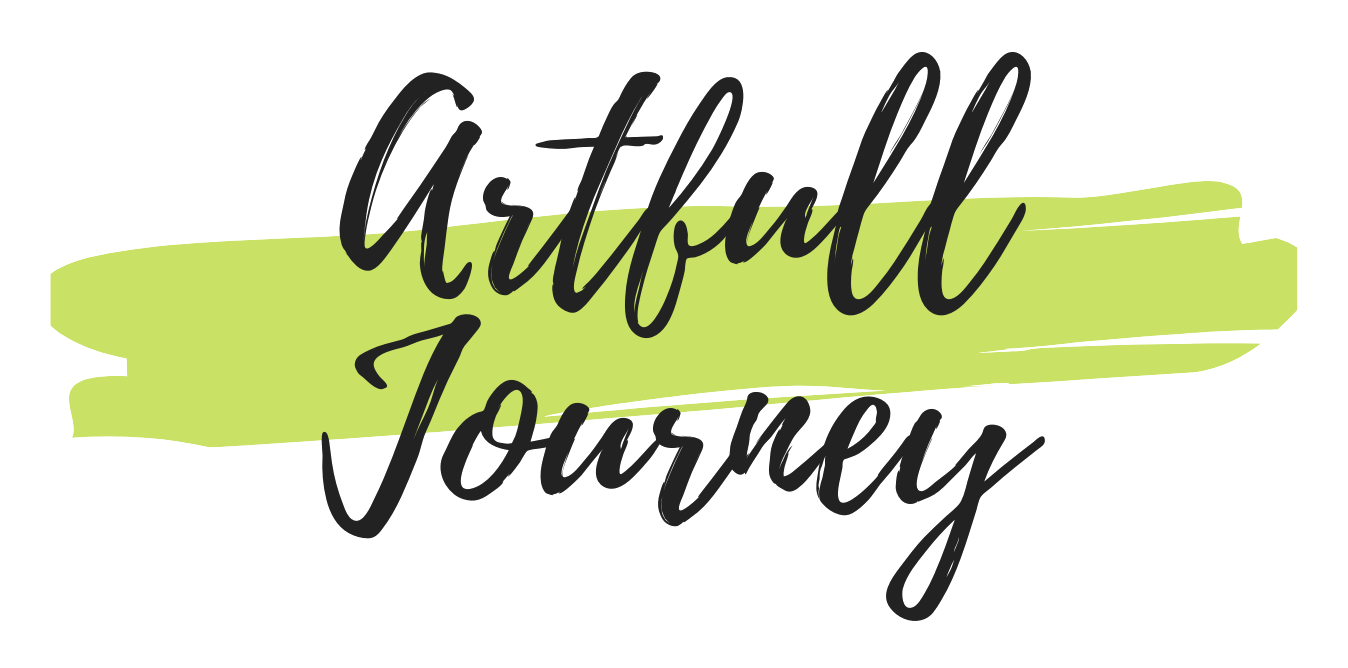In today’s fast-paced world, the ability to think creatively is more valuable than ever. Whether you’re aiming to spark innovation in your career, unlock your inner artist, or simply enhance your daily problem-solving skills, becoming more creative is a goal many aspire to achieve. However, achieving this isn’t just about talent—it’s a skill that can be cultivated through practice, mindset shifts, and strategic strategies. From fostering curiosity and concentration to embracing a growth mindset, there are countless ways to unlock your creative potential and transform your thinking. This guide delves into actionable tips, techniques, and insights to help you harness your creativity, whether you’re looking to become more creative in writing, art, or life itself. By exploring the 7 Cs of creativity, understanding how to overcome creative blocks, and learning how to leverage your environment and mindset, you’ll discover practical methods to boost your creativity and stay inspired. So, let’s dive into the world of creativity and unlock the power within you to think differently, innovate, and create meaningfully.
Key Takeaways
- Consistently practice creativity: Dedicate time to activities like writing, drawing, or brainstorming to unlock your creative potential.
- Seek inspiration broadly: Explore diverse experiences through museums, documentaries, and books to spark new ideas.
- Reflect and journal regularly: Track your thoughts and observe patterns to support long-term creative development.
- Embrace failure as a learning tool: Learn from mistakes to reduce stress and open creative possibilities.
- Collaborate and engage: Join groups or forums to gain fresh perspectives, even if you’re an introvert.
- Stay curious and focused: Balance curiosity with targeted learning to avoid information overload.
- Practice mindfulness: Use techniques like meditation to reduce stress and free up mental space for creativity.
- Seek constructive feedback: Share your work to get insights and improve, fostering a growth mindset.
- Experiment and play: Step outside your comfort zone to explore new techniques and uncover unexpected creative breakthroughs.
- Understand creativity’s dual nature: Recognize that it’s a blend of genetic predispositions and environmental influences.
- Leverage cultural influences: Value individualism to foster creative thinking while adapting to societal norms.
- Enhance creativity through brain function: Develop skills like problem-solving and pattern recognition via practice.
- Overcome creative blockages: Set achievable goals, organize your space, take breaks, and stay inspired to keep creativity flowing.
- Adopt a growth mindset: View challenges as opportunities to learn and grow, embracing failure as a stepping stone.
- Foster creativity through curiosity and exploration: Expand your horizons to spark fresh ideas and innovate.

How Can I Train Myself To Be Creative?
To enhance your creativity, consider implementing the following structured approach:
- Daily Creative Practice : Dedicate 15-30 minutes each day to engage in creative activities. Begin with simple exercises like journaling, sketching, or creating collages using random materials to ease into the process without feeling overwhelmed.
- Explore Diverse Experiences : Expand your horizons by trying new hobbies or enrolling in online classes. These flexible options allow you to explore various interests while fitting into your schedule.
- Engage in Mindful Observation : Practice mindfulness through meditation or by noticing your surroundings during walks. This heightened awareness can inspire creative ideas by fostering a deeper connection with your environment.
- Learn from Others Thoughtfully : Study tutorials and analyze famous works to gain insights into techniques and styles. Use these as inspirations to develop your unique approach rather than copying directly.
- Embrace Failure as Learning : Shift your mindset to view failures as stepping stones. Start with small projects, like writing a short poem or creating digital art, to build confidence and reduce pressure.
- Cultivate Curiosity and Open-Mindedness : Regularly ask yourself “what if?” questions about everyday phenomena. Surround yourself with varied stimuli, such as different art styles and music genres, to stimulate your imagination.
- Collaborate with Others : Engage with online communities or forums to gain fresh perspectives without the physical discomfort of in-person interactions. This collaboration can offer new ideas and approaches.
- Establish a Creative Routine : Maintain consistency by dedicating a small, enjoyable amount of time daily to your creative endeavors. This habit can gradually build your creativity over time.
By integrating these strategies, you can systematically develop your creativity, leading to greater innovation and self-expression.
Can You Increase Your Creativity?
Yes, creativity can be significantly enhanced through dedicated effort and strategic approaches. Here are some effective ways to boost your creativity:
1. Set Clear Goals
- Define specific objectives for your creative projects. Whether it’s writing, painting, or designing, having a clear purpose can channel your energy into productive outcomes.
2. Explore Diverse Perspectives
- Engage with various cultures, industries, and disciplines to expose yourself to different ways of thinking. This broad exposure can spark innovative ideas and approaches.
3. Practice Mindfulness
- Regular mindfulness exercises can reduce stress and increase mental clarity, fostering a more open and creative mindset. Consider incorporating meditation or brief moments of reflection into your routine.
4. Embrace Failure as Feedback
- View mistakes or failed attempts as opportunities to learn and grow. This perspective often leads to unexpected breakthroughs and innovative solutions.
5. Collaborate with Others
- Working with diverse teams or individuals can introduce fresh ideas and challenge your own assumptions, leading to more creative outcomes.
6. Stay Curious and Explore
- Approach problems and challenges with curiosity. Take time to explore new fields or hobbies that may inspire unexpected connections and ideas.
7. Use Brainstorming Techniques
- Freewriting or mind mapping exercises can help unlock dormant ideas and promote creative thinking. These methods allow for the exploration of multiple perspectives before narrowing down to a solution.
8. Maintain a Creative Workspace
- Designate a dedicated space for creative activities. Organize tools and materials to encourage focus and productivity, creating an environment conducive to inspiration.
9. Learn from Masters
- Study the works of influential creators in your field. Analyzing their techniques and approaches can provide valuable insights and fuel your own creativity.
10. Take Regular Breaks
- Incorporate short breaks into your routine. Activities like walking, listening to music, or simply daydreaming can refresh your mind and reignite creativity.
For further exploration, visit CreativeBoom or MindTools for additional resources and techniques to enhance your creative process.

The 7 Cs of Creativity
The concept of creativity has long been explored in various contexts, and one popular framework that helps understand its essence involves breaking it down into seven core components. These components, often referred to as the “7 Cs of Creativity,” provide a structured approach to fostering and applying creativity effectively.
- Curiosity : At the heart of creativity lies curiosity. It drives individuals to explore new ideas, ask questions, and seek solutions beyond the ordinary. Curiosity is the spark that ignites creativity, pushing us to venture outside our comfort zones and discover untapped potential.
- Creativity : While curiosity is the catalyst, creativity is the result. It involves generating ideas, solutions, or innovations that are original and effective. Creativity thrives in environments that encourage experimentation and allow for the exploration of diverse perspectives.
- Critical Thinking : Often overlooked, critical thinking plays a crucial role in creativity. It involves analyzing information, evaluating options, and making informed decisions. Without critical thinking, ideas may lack structure or fail to address real-world challenges.
- Collaboration : Creativity doesn’t occur in isolation. Collaboration brings together diverse viewpoints, leading to more innovative outcomes. Working with others can lead to breakthroughs that might not be possible individually, as different perspectives stimulate new ideas.
- Contextual Understanding : The environment in which creativity occurs significantly impacts its outcome. Understanding the context allows creators to tailor their approaches to fit specific needs, whether it’s a business strategy, a work of art, or a technological solution.
- Courage : Creativity often requires stepping out of familiar territory. Courage is necessary to pursue unconventional ideas and face potential criticism. It’s the willingness to take risks that can lead to groundbreaking achievements.
- Communication : Finally, creativity must be communicated effectively to be impactful. Whether through writing, presenting, or demonstrating, sharing ideas clearly helps others understand and appreciate the value of your creations.
By mastering these seven components, individuals can unlock their creative potential and apply it to various aspects of life, driving innovation and personal growth.

How Can I Make Myself More Creative?
To enhance your creativity, consider implementing the following structured approach:
- Consistent Practice : Dedicate a specific time each day for creative activities. Choose activities that align with your interests, such as writing, drawing, or brainstorming sessions.
- Seek Inspiration : Expose yourself to diverse experiences by visiting museums, watching educational documentaries, or reading books on various topics. This exposure can spark new ideas and perspectives.
- Reflect and Journal : Take time to review your day and reflect on past projects. Journaling can help track your thoughts and observe patterns or breakthroughs, aiding in long-term development.
- Embrace Failure : Learn to accept and learn from failures. This reduces stress associated with mistakes and can open up creative possibilities without negatively impacting confidence.
- Collaborate and Engage : Join groups or forums to gain fresh perspectives. Even as an introvert, effective collaboration can offer new insights and ideas.
- Stay Curious and Focused : Maintain curiosity by asking questions and exploring new areas. Balance this with focused learning to avoid overwhelming yourself with information.
- Practice Mindfulness : Incorporate relaxation techniques like meditation or deep breathing to reduce stress, thereby freeing up mental space for creative ideas.
- Seek Constructive Feedback : Share your work with others to receive feedback. Approach criticism constructively to identify improvements and boost creativity.
By integrating these strategies into your daily routine, you can foster a more creative mindset and enhance your ability to generate innovative ideas.
Is Creativity Genetic or Learned?
Creativity is a complex trait influenced by both genetic predispositions and environmental factors. While some argue that creativity may be partially genetic, others believe it is largely learned through experience and exposure.
The Role of Genetics
Research suggests that creativity may be influenced by genetic factors. Studies have shown that twins raised apart often exhibit similarities in creativity, indicating a hereditary component. However, these tendencies are not deterministic and can be amplified or suppressed by environmental conditions.
Environmental Influences
Environmental factors play a significant role in shaping creativity. Access to resources, education, and cultural experiences can greatly influence an individual’s ability to think creatively. For example, individuals exposed to diverse cultures and stimulating environments tend to develop better creative skills.
Brain Function and Learning
Creativity also involves brain functions such as pattern recognition, problem-solving, and innovation. These abilities are honed through practice, making creativity a skill that can be developed over time. Neuroimaging studies have shown that areas associated with creativity, like the prefrontal cortex, are shaped by experience rather than just innate traits.
Cultural and Societal Influences
Societal norms and cultural values also impact creativity. For instance, societies that value individualism may foster more creative thinking compared to those emphasizing conformity. Historical and cultural contexts can either encourage or stifle creative expression.
In conclusion, creativity is not solely determined by genetics but is also shaped by environmental, cultural, and personal experiences. Both nature and nurture contribute to an individual’s capacity for creativity, making it a dynamic and multifaceted trait.

Overcoming Creative Blockages
Breaking free from creative barriers requires a combination of mindset shifts, environmental adjustments, and strategic approaches. Here’s how you can effectively remove obstacles to your creativity:
- Set Small, Achievable Goals : Divide large projects into smaller, manageable tasks. Celebrate each milestone to maintain momentum and reduce feelings of overwhelm.
- Create a Supportive Environment : Keep your workspace organized and free from distractions. Use color-coded folders or digital tools to streamline your workflow.
- Embrace Regular Breaks : Take short, scheduled breaks every hour to refresh your mind. A quick walk or a change of scenery can reignite your creativity.
- Practice Mindfulness : Dedicate a few minutes daily to mindfulness exercises. This helps clear mental clutter and fosters a clearer perspective on challenges.
- Journal Your Thoughts : Write down what’s weighing on your mind. Journaling can reveal underlying issues and provide a sense of relief and direction.
- Surround Yourself with Inspiration : Keep a vision board or inspiration wall filled with images, quotes, and ideas that resonate with your goals. Surround yourself with like-minded individuals who challenge and inspire you.
- Adopt a Growth Mindset : View challenges as opportunities to learn and grow. Embrace failure as a stepping stone rather than a setback.
- Stay Curious and Explore New Frontiers : Step out of your comfort zone by exploring new domains or techniques. This exposure can spark fresh ideas and open up unexpected creative avenues.
- Seek Feedback and Iterate : Share your ideas with trusted peers or mentors. Their input can provide valuable insights and help you refine your approach.
- Experiment and Play : Don’t hesitate to try unconventional methods or tools. Sometimes, stepping away from traditional approaches can lead to surprising breakthroughs.
By systematically addressing these areas, you can create a fertile ground for creativity to flourish, leading to more fulfilling and innovative outcomes in your work.




0 Comments